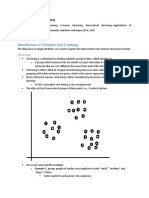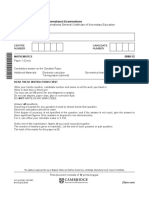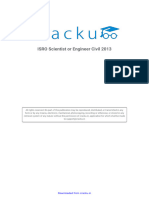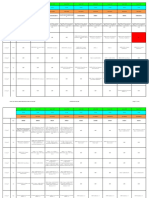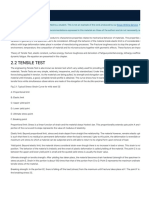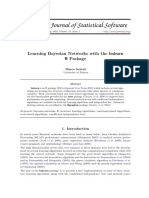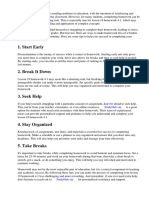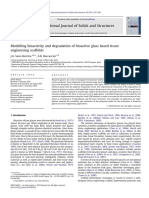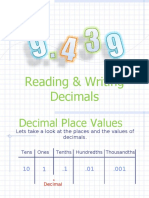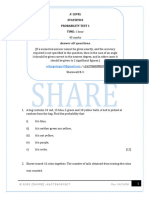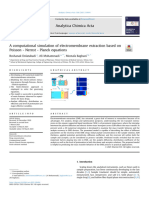0% found this document useful (0 votes)
41 views18 pagesUnsupervised Learning
The document discusses unsupervised learning, particularly focusing on clustering as a key technique for identifying intrinsic structures in data without predefined labels. It covers various clustering methods, including K-means and DBSCAN, and highlights their applications in real-world scenarios like customer segmentation and anomaly detection. The conclusion emphasizes the ongoing development of clustering algorithms and their practical significance across multiple fields.
Uploaded by
preyanshi555Copyright
© © All Rights Reserved
We take content rights seriously. If you suspect this is your content, claim it here.
Available Formats
Download as PPT, PDF, TXT or read online on Scribd
0% found this document useful (0 votes)
41 views18 pagesUnsupervised Learning
The document discusses unsupervised learning, particularly focusing on clustering as a key technique for identifying intrinsic structures in data without predefined labels. It covers various clustering methods, including K-means and DBSCAN, and highlights their applications in real-world scenarios like customer segmentation and anomaly detection. The conclusion emphasizes the ongoing development of clustering algorithms and their practical significance across multiple fields.
Uploaded by
preyanshi555Copyright
© © All Rights Reserved
We take content rights seriously. If you suspect this is your content, claim it here.
Available Formats
Download as PPT, PDF, TXT or read online on Scribd
/ 18





































